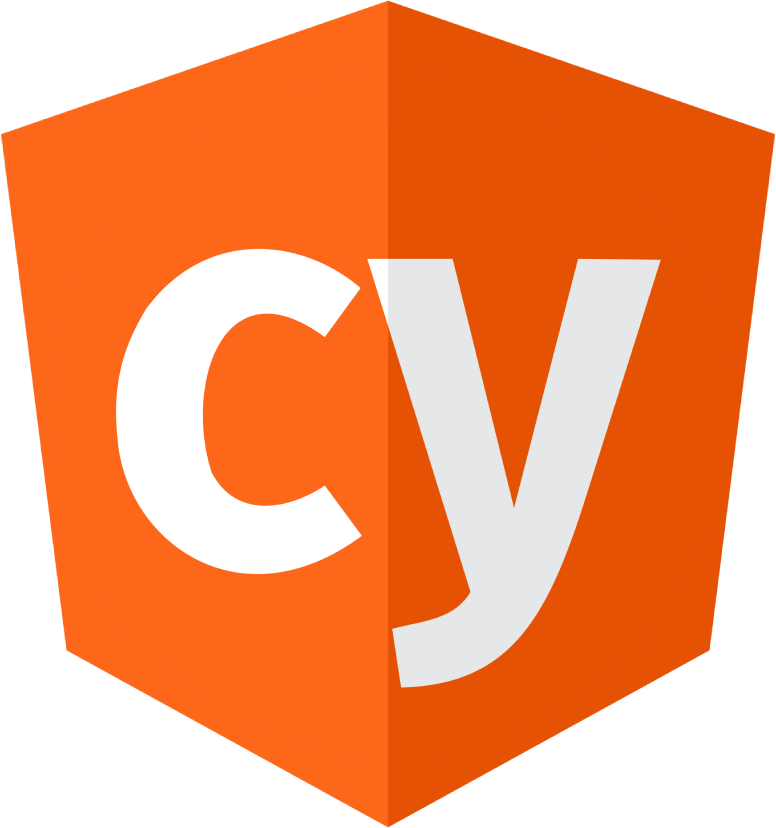Cypress Angular Schematic
Add Cypress to an Angular CLI project
This schematic will:
- install Cypress, its dependencies, and new scripts
- add necessary files for Cypress to work with Angular & Typescript
- prompt for removal of Protractor files and configuration
Usage 🚀
Run as one command in an Angular CLI app directory. Note this will add the schematic as a dependency to your project.
ng add @briebug/cypress-schematicWith the custom builder installed, you can run cypress with the following commands:
ng e2eng run {your-project-name}:cypress-openThese two commands do the same thing. They will launch the (Electron) Cypress Test Runner in watch mode.
ng run {your-project-name}:cypress-runThis command will open the (Electron) Cypress Test Runner and run your tests one time, with output to your terminal.
Options
| Option | Description |
|---|---|
| addCypressTestScripts | This will add Cypress open and run command scripts to your package.json. Include --addCypressTestScripts in your ng add command. |
| noBuilder | This will skip the builder addition, leaving the angular.json file unmodified and requiring you to run Cypress from the command line or through your IDE. Include --noBuilder in your ng add command. |
Issues
Issues with this schematic can be filed here.
If you want to contribute (or have contributed in the past), feel free to add yourself to the list of contributors in the package.json before you open a PR!
Development 🛠
Getting started
npm i && cd sandbox && npm i && cd ..npm run link:sandboxnpm run build:clean:launchE2E testing
Execute the schematic against the sandbox. Then run linting, unit & e2e tests and a prod build in the sandbox.
npm run testUnit Testing
Run the unit tests using Jasmine as a runner and test framework.
npm run test:unitReset the sandbox
Running the schematic locally makes file system changes. The sandbox is version controlled so that viewing a diff of the changes is trivial. After the schematic has run locally, reset the sandbox with the following.
npm run clean

